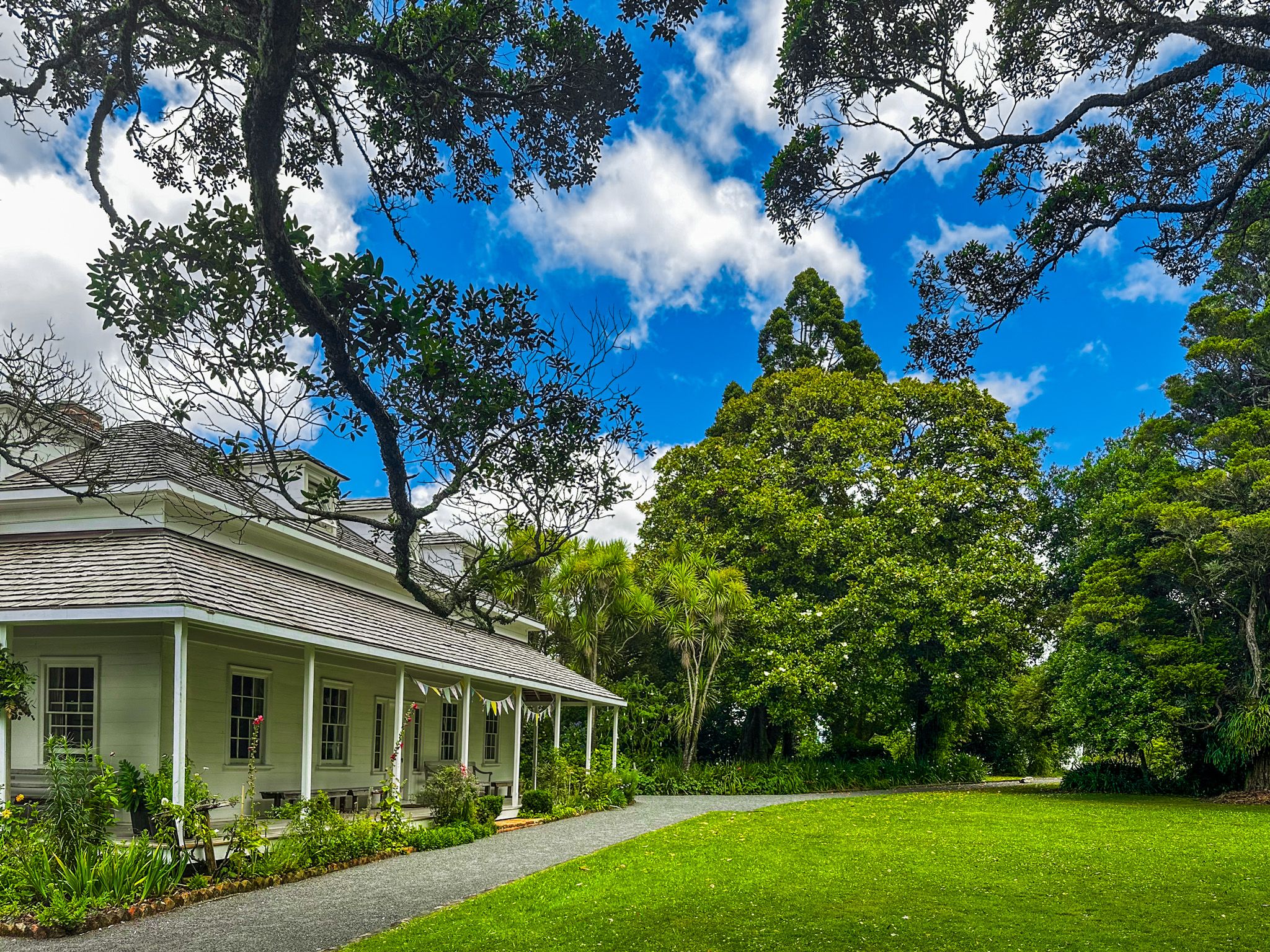Exploring Te Waimate Mission
Te Waimate Mission, nestled in the picturesque pastures of Waimate North near the Bay of Islands in Northland, is a significant historic site in New Zealand. It features the country's second oldest surviving house, dating back to 1830, and boasts a stunning garden filled with native and exotic trees and flower beds. Across the car park, visitors can find the charming St John the Baptist Church and its graveyard, adding to the site's historical allure.
A Window into New Zealand's Early History
Te Waimate Mission plays a crucial role in understanding New Zealand's early history. Established by Samuel Marsden of the Church Missionary Society (CMS), the mission aimed to create a model farming village for Māori. The CMS believed that European methods and education would facilitate Māori cultural integration and economic development. Additionally, they hoped the mission would become a profitable venture.
The mission was established after purchasing land from local Ngāpuhi following the Girls' War of 1830. The first house was swiftly constructed, and a farm was set up, marking the fourth CMS mission station in New Zealand and the first outside the Bay of Islands. The house at Te Waimate is the second oldest building in the country, following the Mission House in Kerikeri. The St John the Baptist Church is the third iteration of the church and dates to 1871. The first version witnessed the first all-European marriage in Aotearoa in 1831.
Development and Decline of the Mission Community
A thriving community emerged around Te Waimate Mission, featuring additional houses, a flour mill, a school, and small industries like printing and brickworks. Missionaries engaged in translating the Bible into Māori. Notably, Charles Darwin visited in 1835, and in 1840, six local rangatira signed the Treaty of Waitangi there. Bishop George Selwyn, New Zealand's first Anglican bishop, established the first theology school, St John's College, in 1842. The first synod in New Zealand followed in 1844, but soon after, the bishop and college relocated to Auckland.
Initially, Te Waimate was more commercially successful than a similar mission in Kerikeri. However, it eventually failed due to a lack of enthusiasm from local Māori, who were expected to provide cheap labour. The mission's neutrality was compromised during the Flagstaff War in 1845 when the Government army used it to support their campaign. The nearby Battle of Ōhaeawai led to army casualties being buried in the church graveyard. Consequently, the mission fell into disuse, and most buildings were removed or sold, except for the one preserved by Heritage NZ as a museum.
How to Get to Te Waimate Mission
Te Waimate Mission is located on Te Ahu Ahu Road, on the western outskirts of Waimate North. It is a few kilometres from State Highway 1, east of Lake Ōmāpere. The mission is easily accessible, being just a 15 to 20-minute drive from Kerikeri, Paihia and Waitangi.

